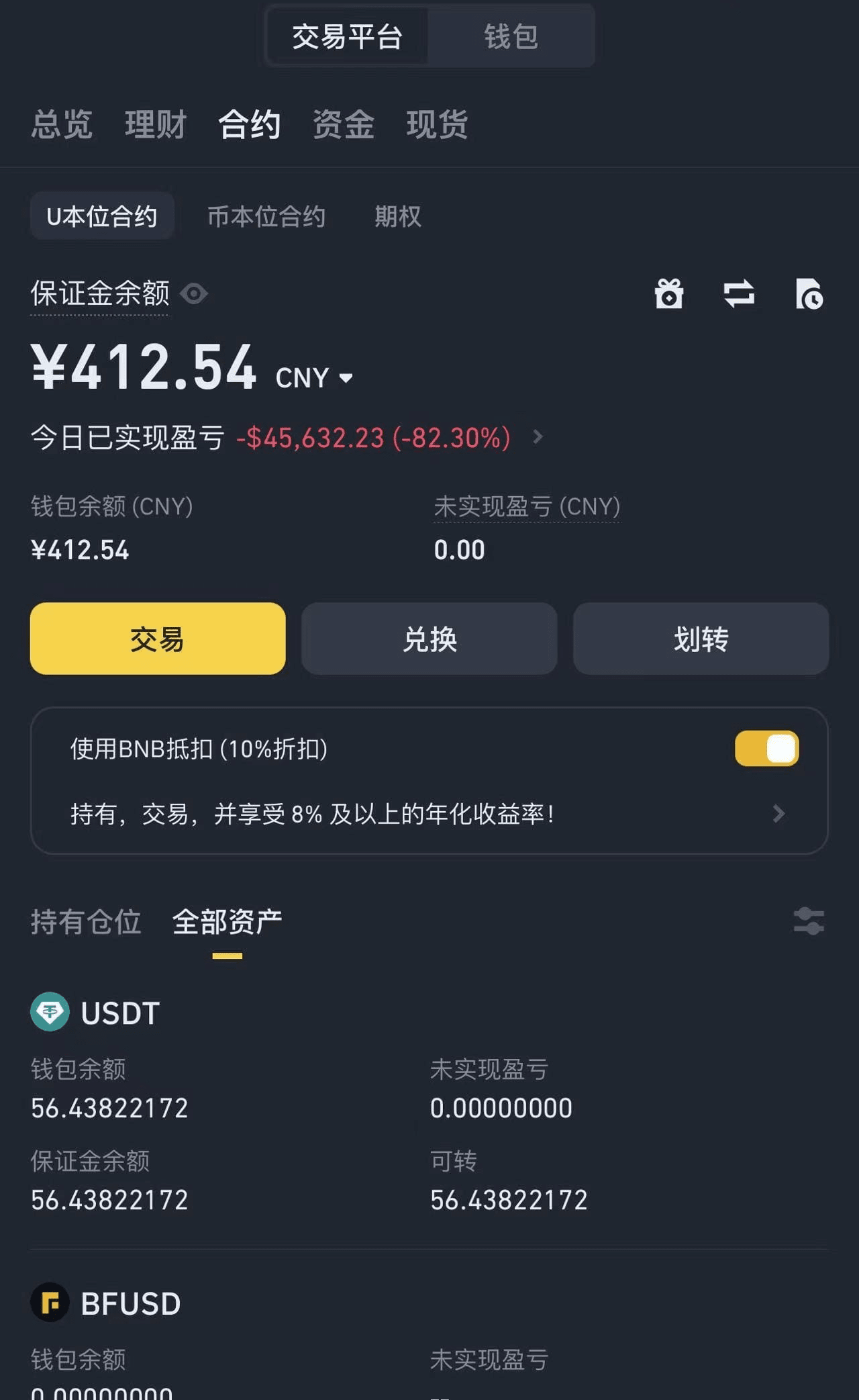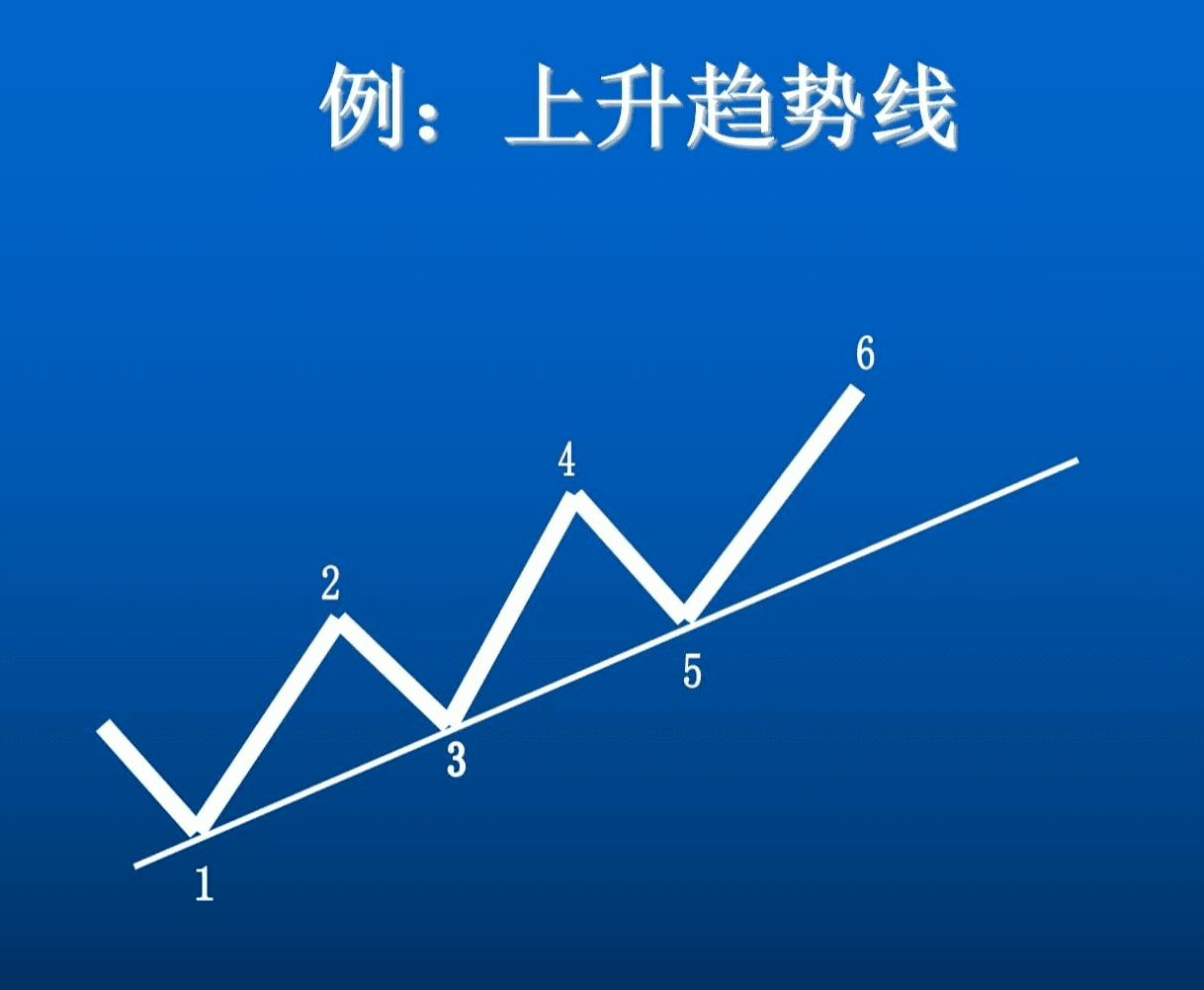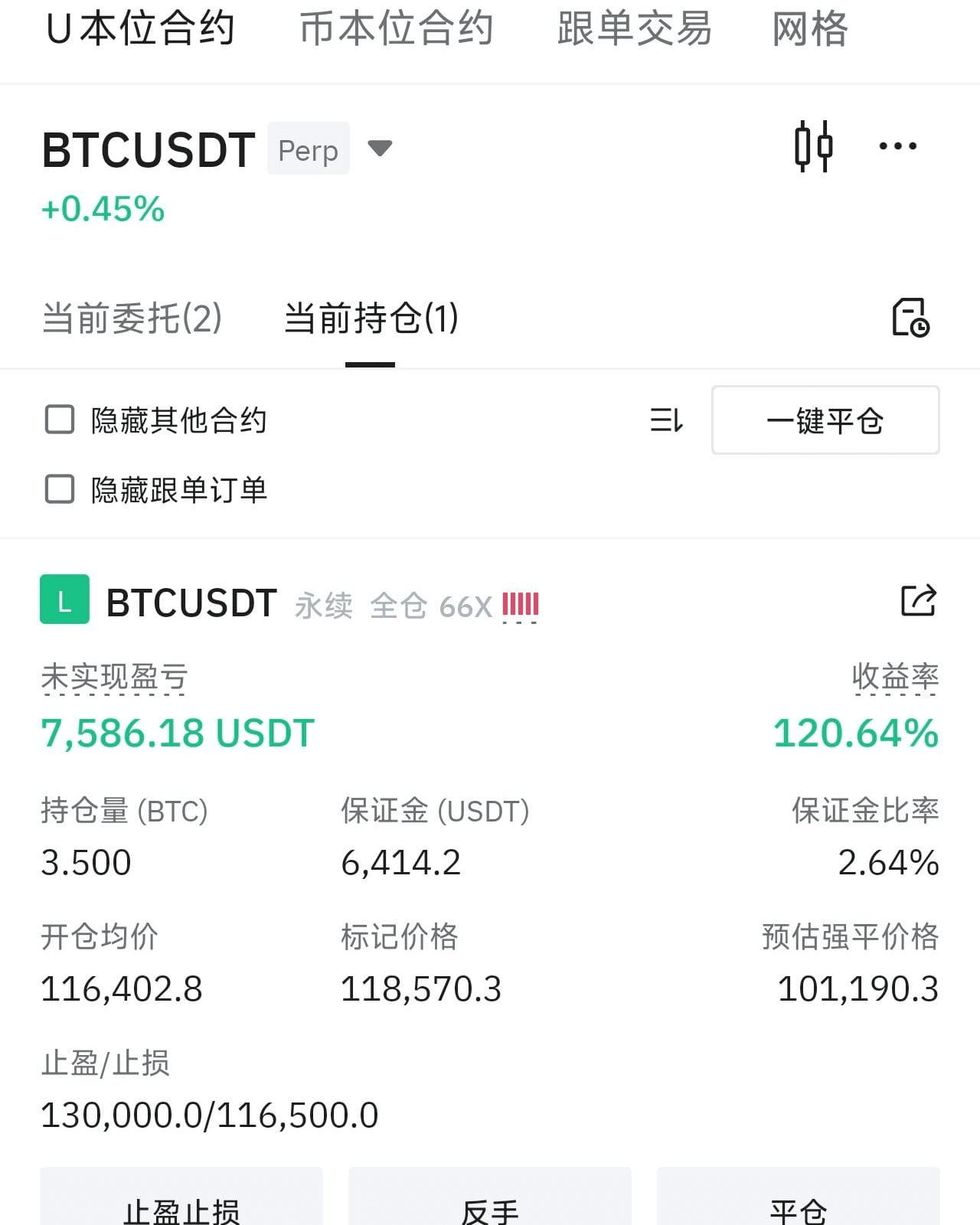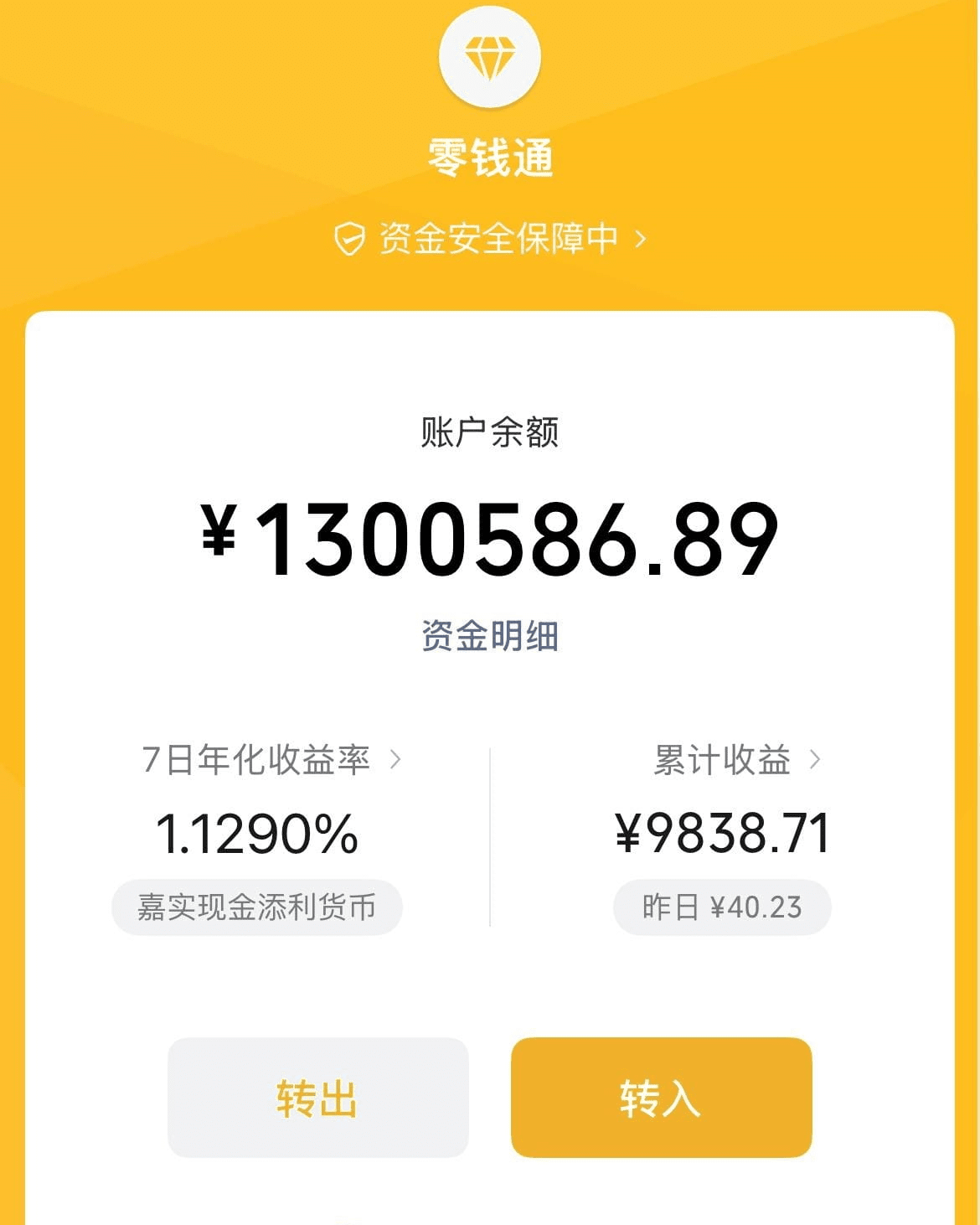At first, I thought 'contracts = speeding up profit.'
The first time I opened a BTC contract was at the end of a bull market.
I watched the market surge, thinking 'If spot is rising so sharply, adding leverage on contracts will double my profits, right?'
So I opened my first trade:
125x leverage long on BTC.
As a result, the price immediately retraced after I bought.
No time to stop-loss, liquidation.
That was my first liquidation. Then I over-leveraged again, still on BTC, and this time I bet the wrong direction again. Another liquidation.
What's even more ridiculous is that I didn't blow up in one go—I lost it bit by bit.
Every time the market drops, I think: 'It's almost over, I'll add a little more.'
Then, I keep adding and losing, and my account keeps getting wiped out.
I blew up a total of 4 times, with total losses exceeding 45,000 USDT.
I stay up late watching the market, hardly sleep, and even check the candlestick charts while eating.
I even started to doubt whether I was suited for this market at all.

True transformation is not technical; it's about mindset and discipline.
After the fourth liquidation, I took a break for two weeks.
During that time, I didn't do anything; I just reviewed my trades:
Why did I correctly judge the direction but still lose?
Why do others win slowly, but I always lose quickly?
Is it that I lack skills or discipline?
Later I realized that my problem was not that I 'couldn't read charts,' but that:
I had no idea that trading is a systematic project, not just a series of lucky bets.
I rebuilt my trading system (completely different approach).
Only trade in clear trends, refuse to operate in choppy markets.
Open positions in obvious trends: for example, when standing above key moving averages, pattern breakthroughs, and volume-price coordination.
In choppy markets, stay out, don't engage.
Position size never exceeds 20%, leverage controlled within 2-5 times.
I used to think 10x was a 'very stable' leverage.
Now I understand: contracts are not about explosive gains, but about longevity.
Write down stop-loss and take-profit before opening a position; if I can't write it down, I won't place the order.
The risk-reward ratio must be ≥ 2:1.
Set stop-loss correctly and execute without hesitation.
No longer 'holding positions hoping for a rebound.'
Don't trade on news, don't trade in the early hours, don't trade in extreme emotional conditions.
No movements outside of the plan.
Don't chase news, don't catch rebounds, don't catch falling knives.

From losses to profits, my account gradually recovered.
I am not someone who turns around overnight.
This is how my account slowly recovers:
First, achieveno liquidation in a month.
Then achievesmall profits in a month (3%~10%).
Finally, start executingstandardized swing strategies, catch one wave at a time.
For example:
Recently, after BTC tested support and closed with a strong bullish candle, I opened a 3x leverage long position, set a stop-loss at 2% and a take-profit at 7%.
In the end, I hit the take-profit; the profit was small but steady.
My current trading goal is not 'to get rich,' but 'to output steadily.'

I understood one thing: the crypto world is not about speed, but about survival.
In the past, I always thought:
'If I push one more time, maybe I can break even.'
'BTC has dropped so much, it should rebound, right?'
'If this wave explodes, I can turn around.'
Each of these thoughts brought me closer to liquidation.
Now I only believe in one thing:
The market will always give opportunities, but you don't have to participate in every wave.

Finally, I want to say a few heartfelt words:
Contracts can make money, they really can. But the prerequisite is that you must first learn how not to lose money.
I organized the entire process of my journey from huge losses to recovery into a (personal contract risk control and execution template):
How to plan each trade.
How to set stop-loss/take-profit.
Analysis of common emotional misconceptions.
My position allocation table (can be directly used).
Continuously monitor $BTC ETH PEPE.